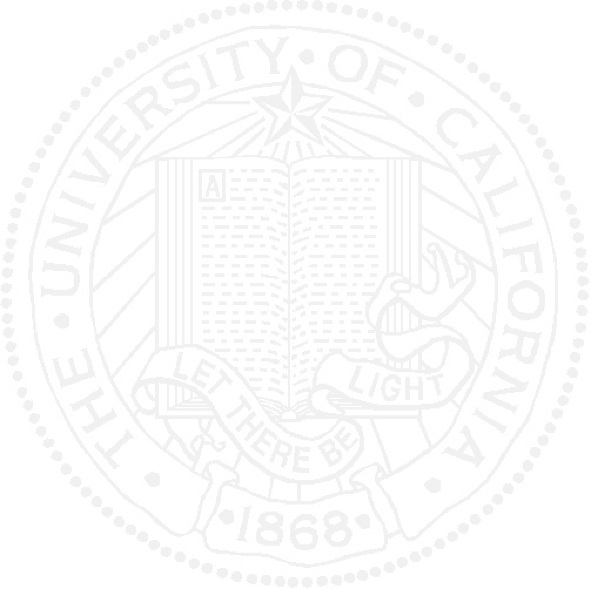The Solar Autonomous Boat Project
Despite the fact that most of the Earth’s surface is covered by water, our understanding of ocean processes and properties is far from complete. This is due in part to our inability to make frequent, high-quality measurements of ocean properties at the appropriate temporal and spatial scales at reasonable cost.
To address these limitations and augment current (often expensive) methods, the Autonomous Systems Lab at UC Santa Cruz is exploring a solar-powered, autonomous, multipurpose, energy-scavenging ocean-data-gathering platform. This platform, originally built by Willow Garage in Menlo Park, CA, and generously donated to UCSC, is based on a custom hull design and solar array.
In collaboration with UCSC oceanographers, we will demonstrate the utility of the platform in two seminal projects: a long-term monitoring project aimed at understanding ocean upwelling biology, and an ocean model validation project. A third project related to ocean event response will use the proposed platform to obtain surface measurements. The platform will have the following characteristics:
-
•Autonomous
-
•Solar powered
-
•Adaptive sampling based on uploaded mission profiles to track fast-moving events
-
•Environmentally friendly and non-polluting, with medium speed capabilities
-
•Low-cost (less than $30K for an operational vehicle)
-
•Capable of medium-duration missions (initially days and weeks)
-
•Robust (able to survive high winds and sea states)
The development of an energy scavenging, long-range, medium- to long-duration, and environmentally clean autonomous oceanographic data gathering platform will help advance the state-of-the-art for ocean science and its related disciplines. Spatially diverse and temporally repetitive surface sampling will enable a broader context for understanding marine processes and biology such as upwelling, algal blooms, and runoff events. The ability to self-guide and self-propel to specific geographical locations will allow for adaptive sampling and tracking of fast-moving events.
Flexible and robust, our autonomous boat will use a variety of sensor modalities and offer unprecedented performance in a small, economic package. These capabilities will enable a whole new scale of local data sampling access previously unavailable to most researchers in the oceanographic community.
Aside from the practical breakthroughs and immediate applications represented by this technology, there are also several significant theoretical advances to be made. Among these are new developments in algorithms, architecture, control concepts, calibration theory, and real-world interface design. Each of these would have significant merit independently, even if they remained entirely abstract.
BROADER IMPACTS: A remotely tasked, autonomous surface vessel could significantly enhance the marine research infrastructure, and dramatically improve the type of data-driven research that can be carried out on a “typical” budget. Using the results of two baseline experiments, we intend to publicize and extend the modality of autonomous surface data gathering to other oceanographic research.
In addition to data collection, the vessel has other potential uses, which could be of great benefit to society. For instance, equipped with the appropriate sensors and optics suite, the vessel could be used for perimeter patrol, littoral surveillance, fishery monitoring, mine clearing, or as a forward (nautical) observation post.
multimedia
Publications
-
(1)Mairs, B., Elkaim, G., “SeaSlug: A High-Uptime, Long-Deployment Marine Sensor Platform” American Control Conference, ACC13, Washington D.C., 17-19 June 2013, submitted (pdf)
People
-
• Gabriel Elkaim, Associate Professor, Computer Engineering, UCSC, 831.459.3054
-
• Bryant Mairs, PhD Candidate, Computer Engineering, UCSC, 831.459.2140





